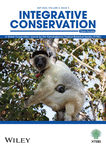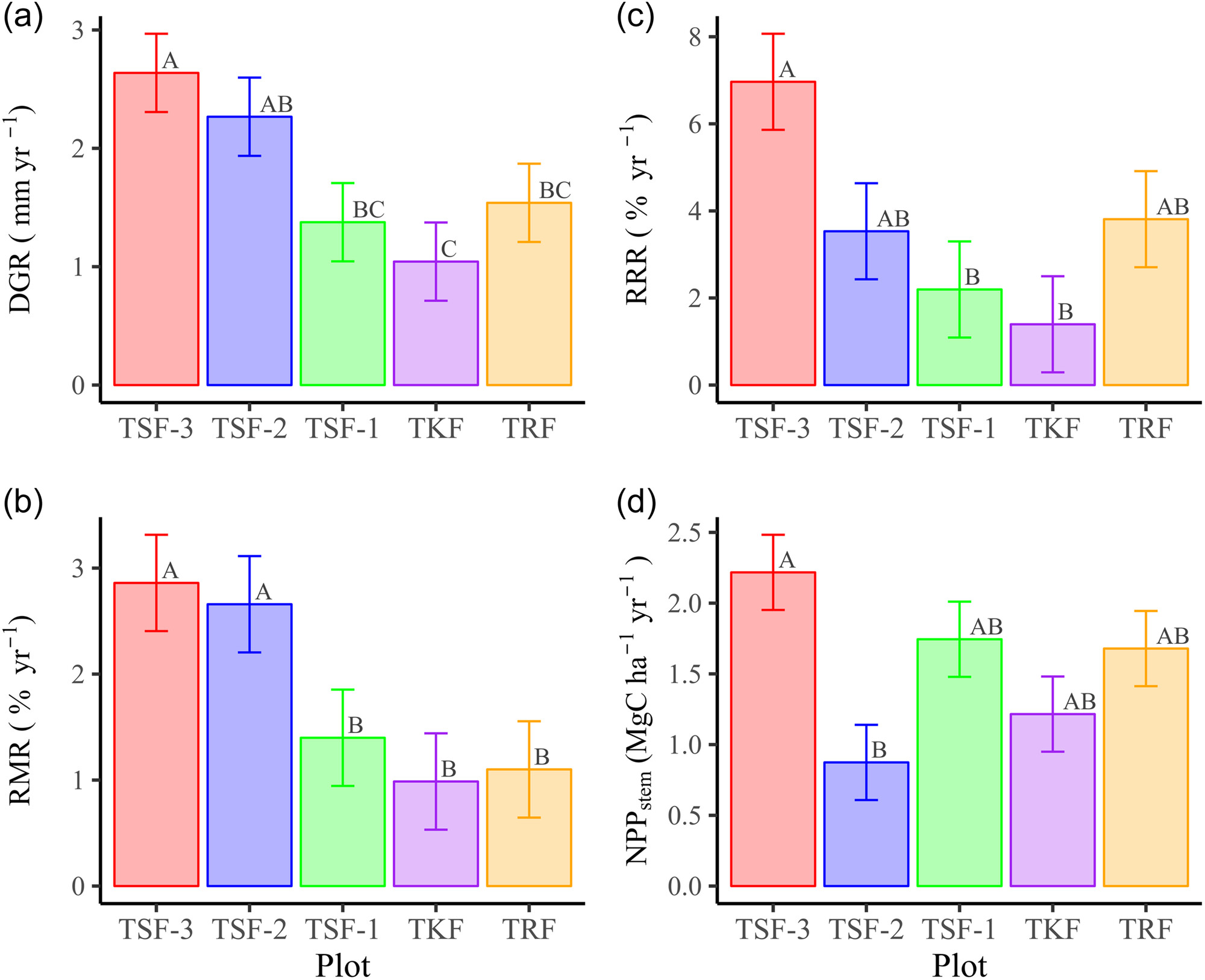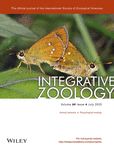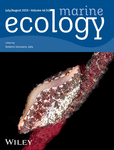Journal list menu
Export Citations
Download PDFs
ISSUE INFORMATION
COMMENTARY
Commentary to: An integrated historical study on human–tiger interactions in China
中国境内人虎互动的综合历史研究
- Pages: 149-151
- First Published: 12 September 2024
METHOD
A framework to examine the potential social influence of scientists and nongovernmental organizations in marine conservation
分析科学家和非政府组织在海洋保护领域的潜在社会影响力的研究框架
- Pages: 152-167
- First Published: 14 July 2024
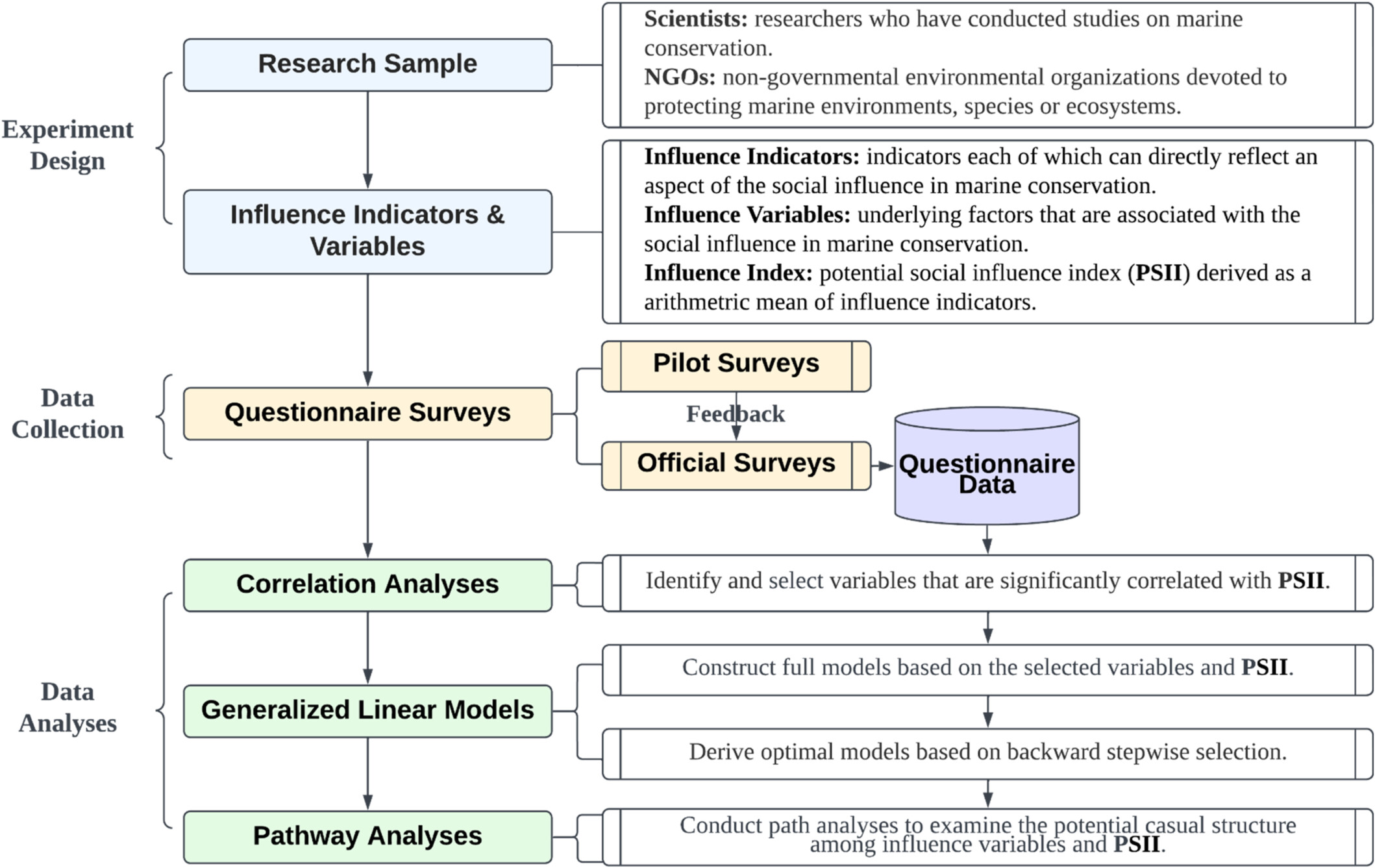
This study contributes a novel framework of studying potential social influence of a person/organization in nature conservation. We demonstrated how to use this framework to understand potential social influence of Chinese scientists and nongovernmental organizations (NGOs) in the nation's marine conservation. We found both communication capability and annual funding had positive effects on the potential social influence of scientists and NGOs, although they worked via different pathways.
RESEARCH ARTICLE
Fat storage and drought tolerance in a seasonally-adapted primate: Implications for modeling the effects of animal responses to global climate change
灵长类动物在季节性适应下的脂肪储存和耐旱性:模拟动物应对全球气候变化影响的启示
- Pages: 168-182
- First Published: 18 September 2024
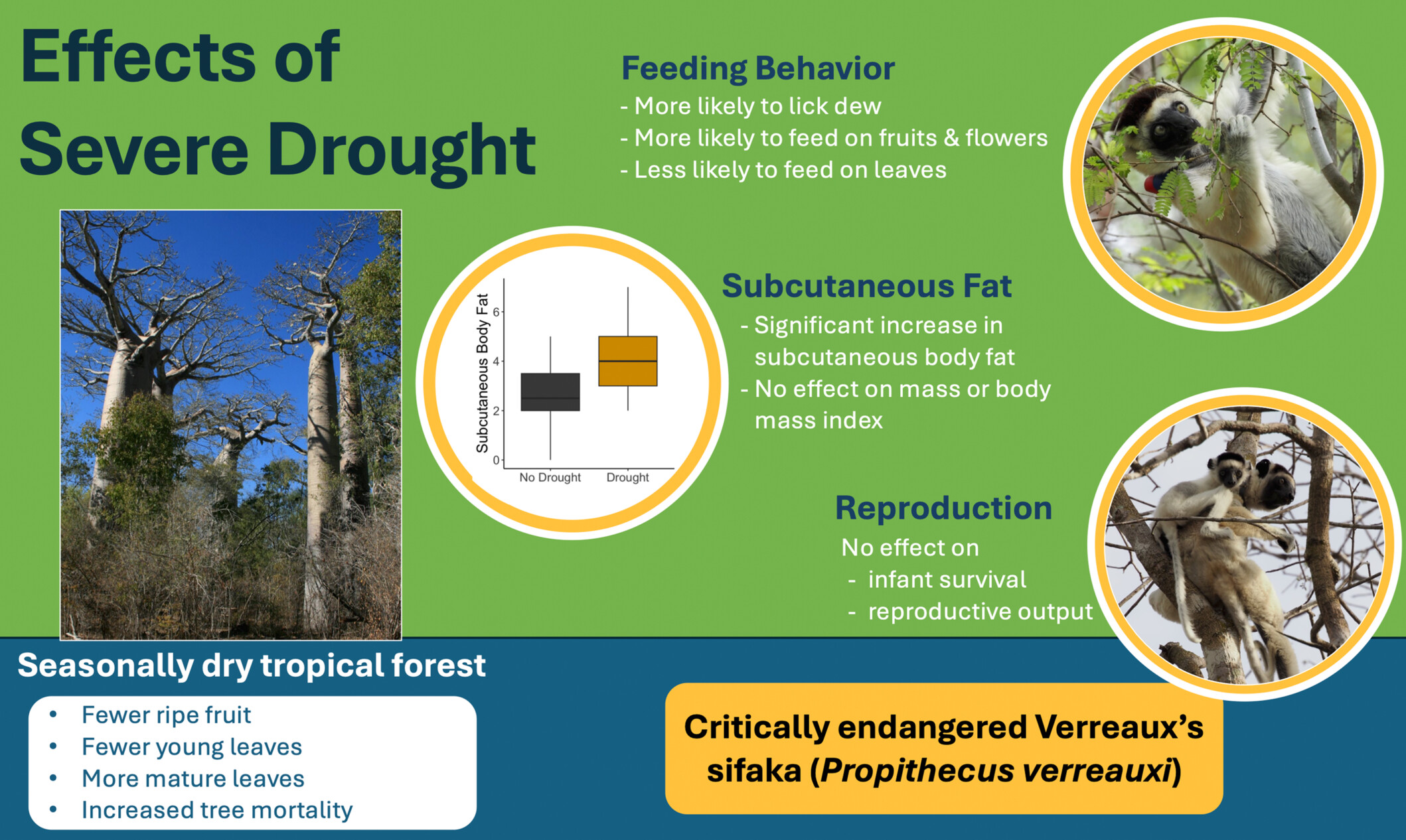
Using long-term field data, we examined the impact of severe droughts on the health, reproductive success, and behavior of the critically endangered Verreaux's sifaka (Propithecus verreauxi) in Madagascar's seasonally dry tropical forest. Despite reduced availability of high-quality foods, sifaka exhibited stable body condition and reproductive success, consumed more water-rich foods, and significantly increased subcutaneous body fat during severe droughts. These results suggest that adaptive responses to cope with resource scarcity in seasonally dry forests may buffer some mammals from the effects of severe drought or other extreme weather events.
An integrated historical study on human–tiger interactions in China
中国人虎互动关系的综合性历史研究
- Pages: 183-195
- First Published: 09 July 2024
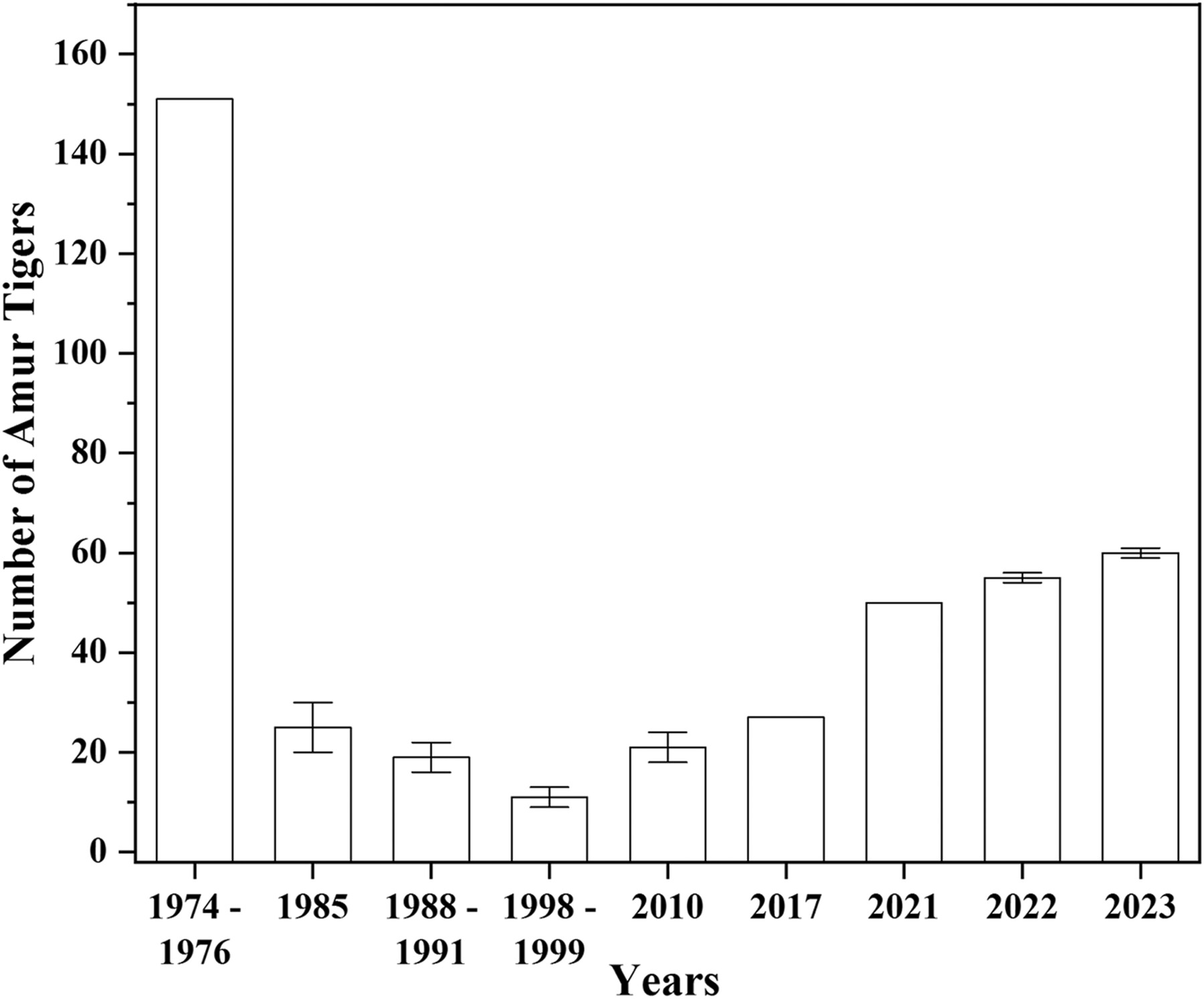
Tigers are important for maintaining a variety of life in the world as they are the top predators in the food chain. Human–wildlife conflict, including conflicts between humans and tigers, has been a global issue throughout history. This article focuses on human–tiger interactions in China, discussing various types of conflicts and measures for coexistence. The research is based on different historical documentation, literature analysis, and field investigations. The results show intense direct conflicts in the form of massive tiger hunting and killing, as well as indirect conflicts like tiger trade and habitat loss for tigers. Various measures have been taken for coexistence, including animal protection perceptions, tiger worship, and the establishment of nature reserves and national parks. International communication and cooperation are crucial for establishing ecological corridors for tiger survival.
Rapid DNA barcoding-based fern and lycophyte inventories of protected areas—A pilot study to introduce a simple but effective protocol
DNA条形码技术实现保护区生物多样性的快速编目和鉴定——一种不过度依赖分类学家的快速高效的研究手段
- Pages: 196-211
- First Published: 30 July 2024
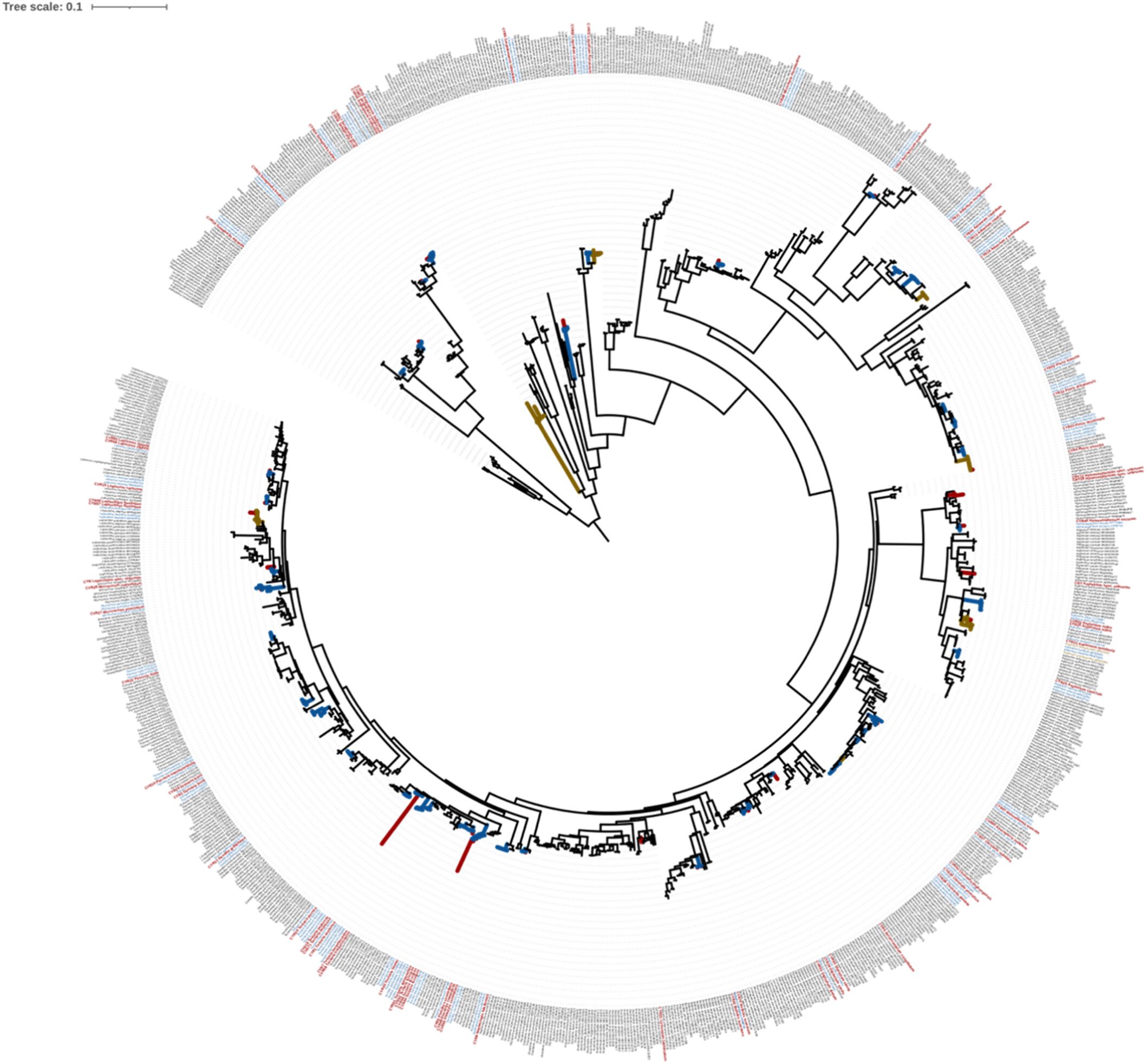
DNA barcoding-supported inventories of protected areas provide fast assessment with reduced reliance on taxon experts but enhanced effectiveness in recording quality. Feedback loops to taxon experts enable the identification of taxonomic gaps, especially the identification of species not known to science yet.
What's the story of the elephant? Evaluation of choose-your-own-adventure activities on public perception of human–elephant conflict
与亚洲象的故事?关于人象冲突公众观感的CYOA的评估
- Pages: 212-229
- First Published: 18 September 2024
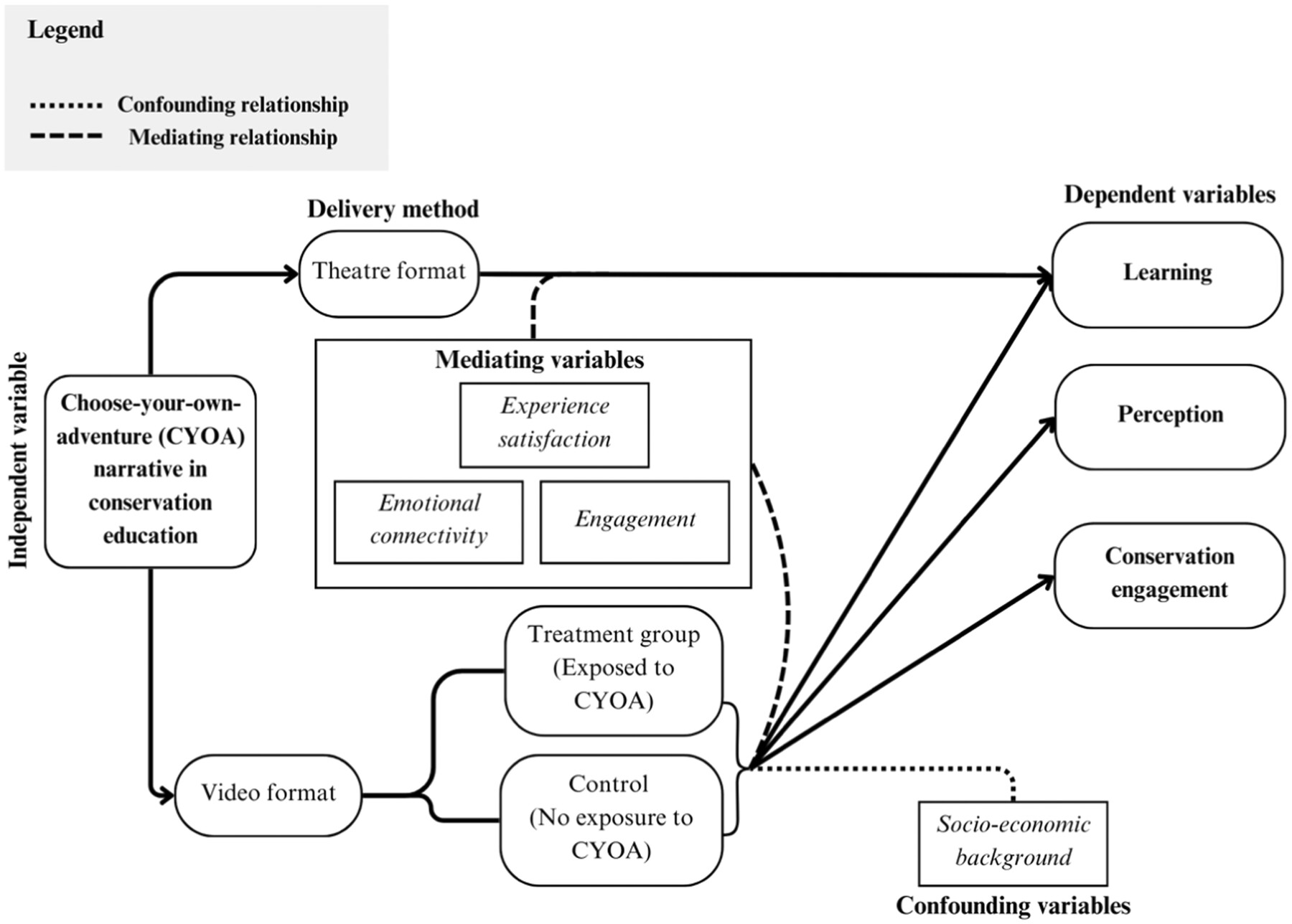
The research assesses the effects of choose-your-own-adventure storytelling on individual perception, learning, and behavior toward the conservation of Asian elephants while comparing different methods of conveying the story through, live theater and online videos. We used postactivity surveys to assess audience engagement, learning, and behavior intentions, with further analysis conducted to understand differences across activities, message types, and sociodemographic factors. We found that both methods were successful at relaying the message of elephant conservation, with improved accuracy in knowledge from participants, postactivity.
Demographic and net primary productivity dynamics of primary and secondary tropical forests in Southwest China under a changing climate
气候变化背景下中国西南热带原始林和次生林的群落和净初级生产力动态研究
- Pages: 230-243
- First Published: 14 July 2024
Towards zero extinction—A case study focusing on the plant genus Begonia in Thailand
实现“零灭绝”——聚焦泰国秋海棠属植物的一个案例
- Pages: 244-256
- First Published: 19 September 2024
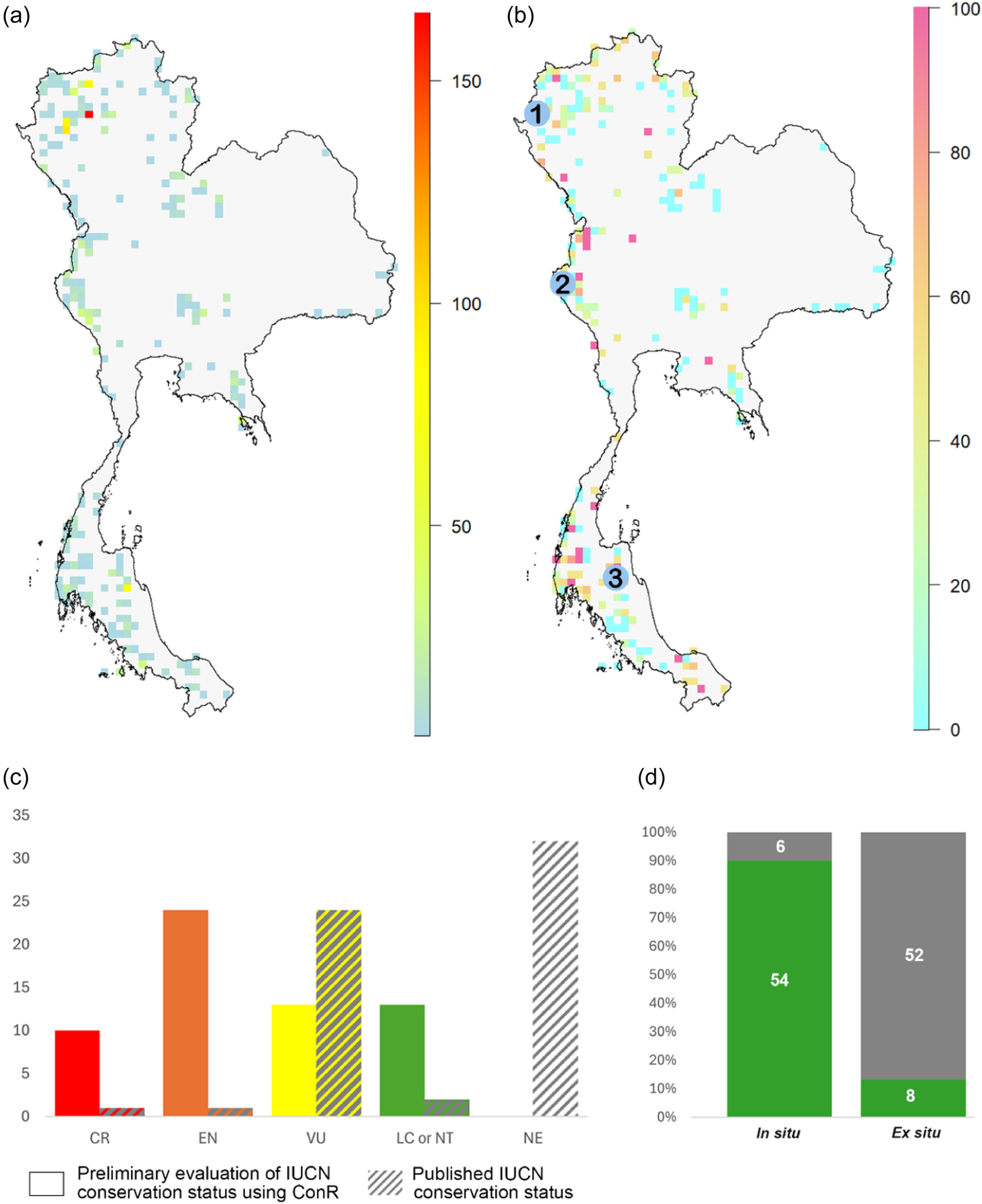
The study evaluates the conservation capacities for Begonia L. genus in Thailand, which is a vulnerable plant species. Results show that 78% of Begonia species in Thailand are classified as threatened, and the Northern floristic region is a hotspot for the genus. The study highlights the importance of evaluating current conservation capacities and implementing a multi-strategy approach to ensure their long-term viability and achieve the goal of zero species extinction.
Gut microbiota dynamics of adult and sub-adult sika deer during reintroduction
重引入过程中成年和亚成年梅花鹿肠道微生物的动态变化
- Pages: 257-270
- First Published: 24 September 2024
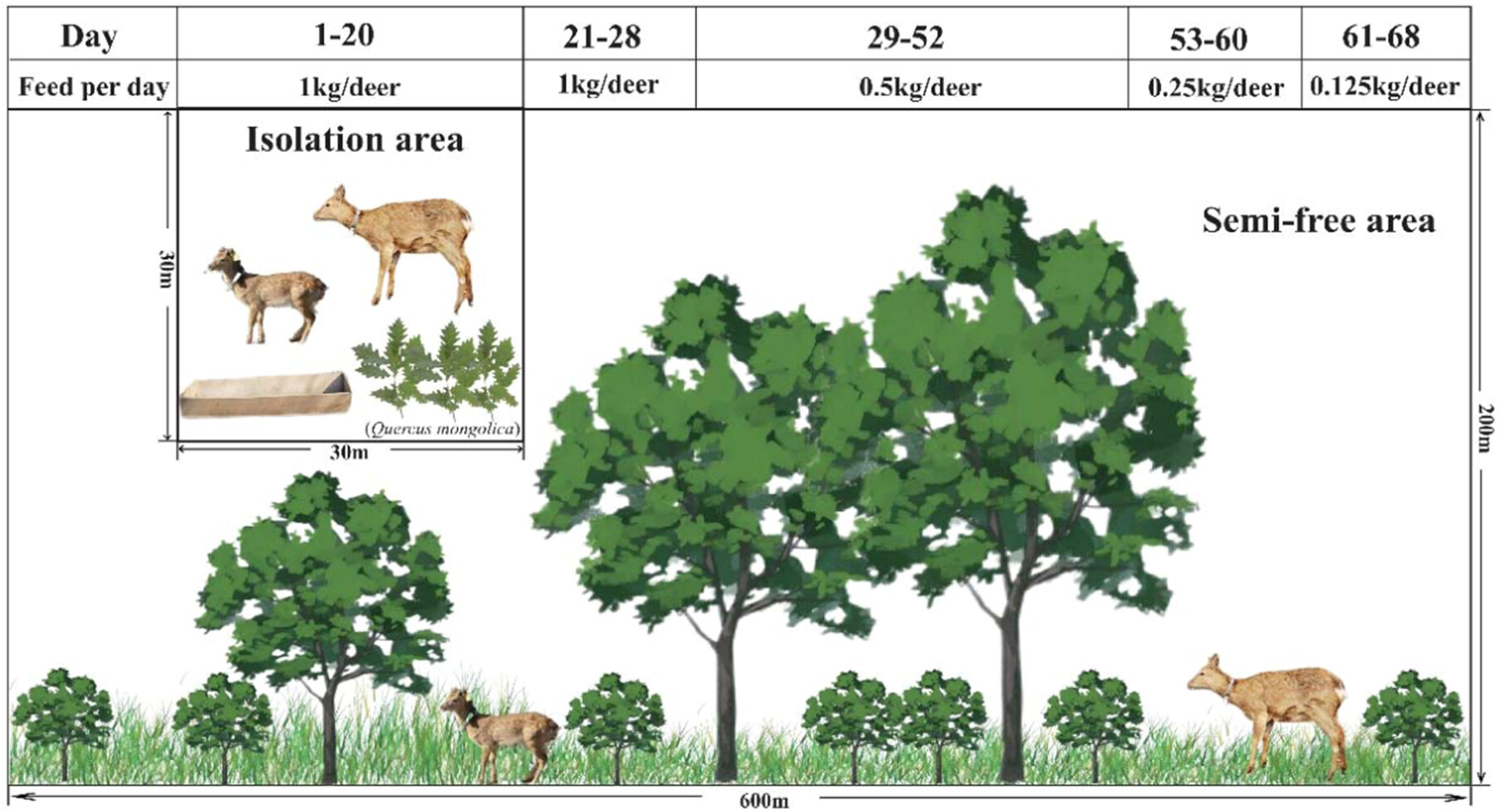
Natural training enclosure design schematic. We selected 12 sika deer including six adults and six sub-adults. Key considerations in the design of the natural training were to divide the training spatial ground into two parts (30 × 30 m small areas for isolation of new individuals and large areas measuring 200 × 600 m for free walking), and the importance of gradually reducing concentrated feed quantity while maintaining the same feed ration.
A new dawn? Population baselines of snow leopards and other mammals of the Kishtwar High Altitude National Park, India
新的曙光?印度基什特瓦尔高海拔国家公园雪豹和其他哺乳动物的种群基线
- Pages: 271-280
- First Published: 27 August 2024
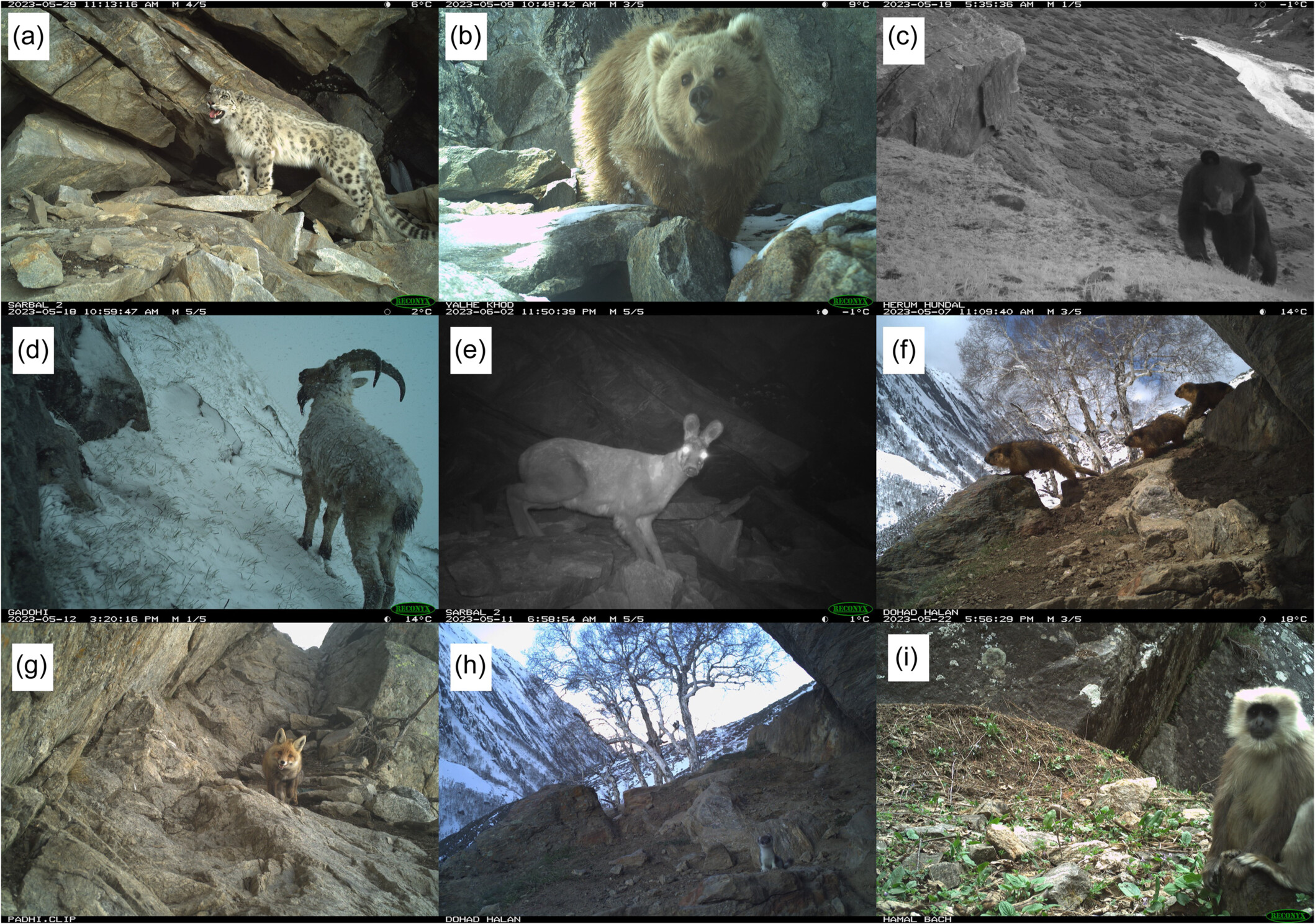
The Greater Himalayas in India, of which Kishtwar High Altitude National Park (KHANP) is a part, harbours potential snow leopard habitat. We sampled three catchments within the Dachhan region of KHANP using 44 cameras and identified four unique snow leopard individuals across 14 detections in nine camera locations. We propose KHANP as a conservation landscape under the Project Snow Leopard of the Government of India.
SHORT COMMUNICATION
Rarest of the rare: People's awareness and perceptions about the woolly flying squirrel in Uttarakhand Himalaya, Northern India
珍稀中的珍稀:人们对印度北阿坎德邦喜马拉雅地区毛绒飞鼠的认知和看法
- Pages: 281-285
- First Published: 13 August 2024
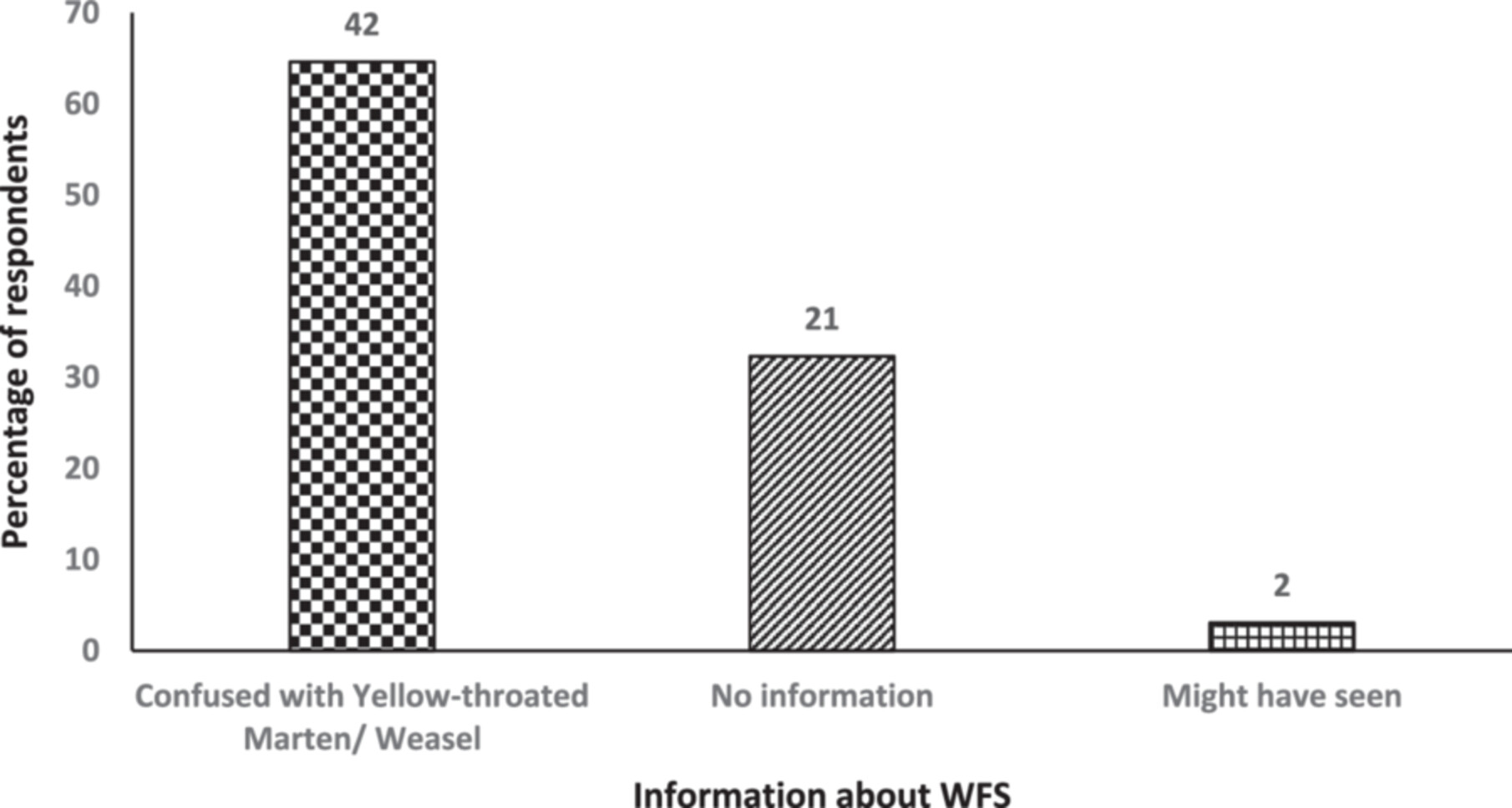
The endangered Western woolly flying squirrel faces an uncertain future despite its rediscovery. This study in Uttarkashi, India revealed a significant knowledge gap among local communities, emphasising the need for targeted conservation education. The elusive nature of the squirrel alongside potential climate change threats necessitate further research and community engagement for successful conservation efforts.




